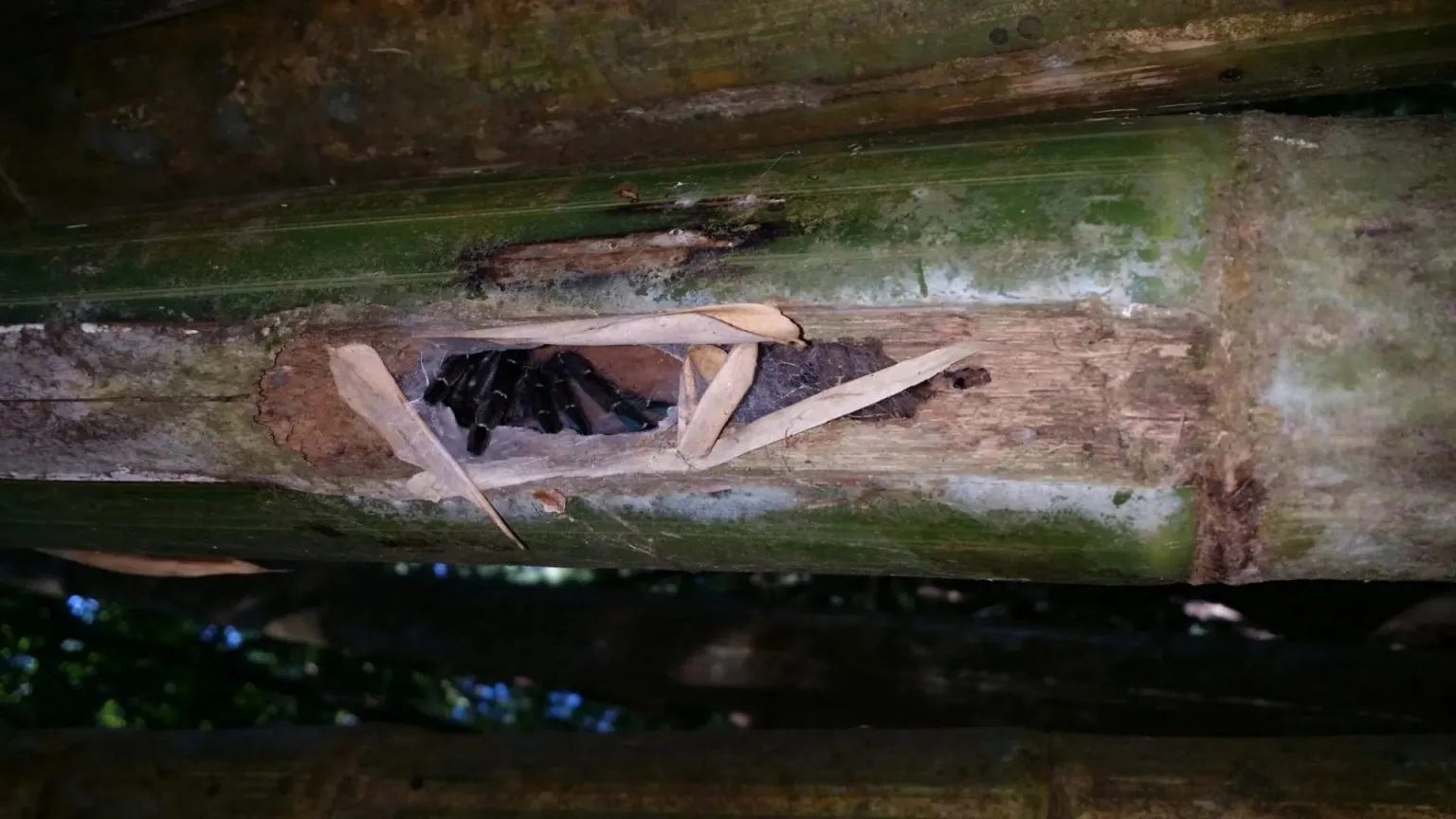What is a Tarantula
Tarantulas are large, hairy spiders belonging to the Theraphosidae family. These impressive arachnids are known for their size, often boasting leg spans that can exceed a foot, and their generally docile nature, making them popular pets. They are found in various habitats around the world, from tropical rainforests to arid deserts. Their lifespan can vary significantly depending on the species and sex, with females typically living much longer than males. They are nocturnal hunters, primarily preying on insects, but also consuming small vertebrates like lizards and rodents. Understanding their lifecycle is crucial for appreciating their unique place in the ecosystem and for those who care for them.
Characteristics of Tarantulas
Tarantulas exhibit a range of distinctive characteristics. Their bodies are divided into two main parts the cephalothorax (fused head and thorax) and the abdomen. The cephalothorax houses the spider’s eyes, mouthparts (including fangs), and legs. They possess eight legs, each covered in sensory hairs that help them navigate and detect vibrations. Their bodies are covered in hairs, which serve multiple functions including sensory perception and defense. Some species possess urticating hairs that they can flick at potential threats, causing irritation. The size, color, and patterns of tarantulas vary greatly among different species. For example, some have vibrant blue legs, while others blend seamlessly into their environment with earth-toned coloration. These characteristics are essential to their survival, helping them hunt, avoid predators, and thrive in their respective habitats.
Habitat and Distribution
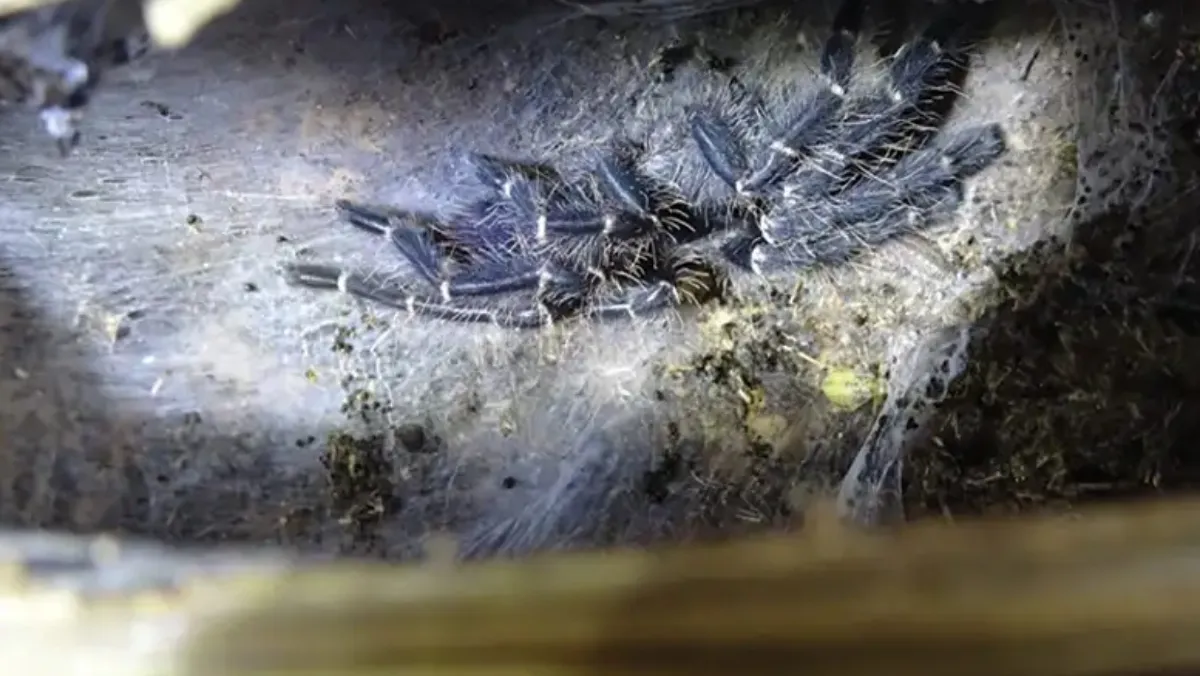
Tarantulas are found across a wide range of habitats, primarily in tropical and subtropical regions. They are native to the Americas, Africa, Asia, and Australia. The specific habitat of a tarantula species depends on its evolutionary adaptations. Some species are terrestrial, living in burrows in the ground, while others are arboreal, residing in trees. You might find them in rainforests, grasslands, deserts, and even mountainous areas. The distribution of tarantulas is influenced by factors such as climate, food availability, and the presence of predators. The increasing awareness of tarantula habitats is important for conservation efforts, as habitat loss and fragmentation can pose a significant threat to their survival. Understanding the geographical distribution helps in the conservation of these amazing creatures.
The Tarantula Lifecycle
The lifecycle of a tarantula is a fascinating process of growth, development, and reproduction. It consists of several distinct stages, each marked by significant changes in the spider’s physical form and behavior. From the egg stage to adulthood, tarantulas undergo a series of molts, shedding their exoskeletons to accommodate their growth. The duration of each stage can vary depending on factors like species, environmental conditions, and the availability of food. The understanding of the life cycle is crucial for the proper care and conservation of tarantulas, whether they are wild or kept as pets. Each stage represents a critical phase of survival and adaptation for these remarkable arachnids.
Egg Stage the Beginning
The tarantula lifecycle begins with the egg stage. After mating, the female tarantula lays eggs and encases them in a silken egg sac. The number of eggs can vary significantly, ranging from a few dozen to over a thousand, depending on the species. The female carefully guards the egg sac, protecting it from predators and ensuring optimal conditions for development. The eggs incubate within the sac for several weeks or months, depending on the environmental conditions. During this time, the embryos develop inside the eggs, undergoing the initial stages of differentiation and growth. Once the eggs hatch, the next stage of the lifecycle begins, leading to the emergence of tiny spiderlings, ready to start their own journey.
Spiderling Stage Initial Growth
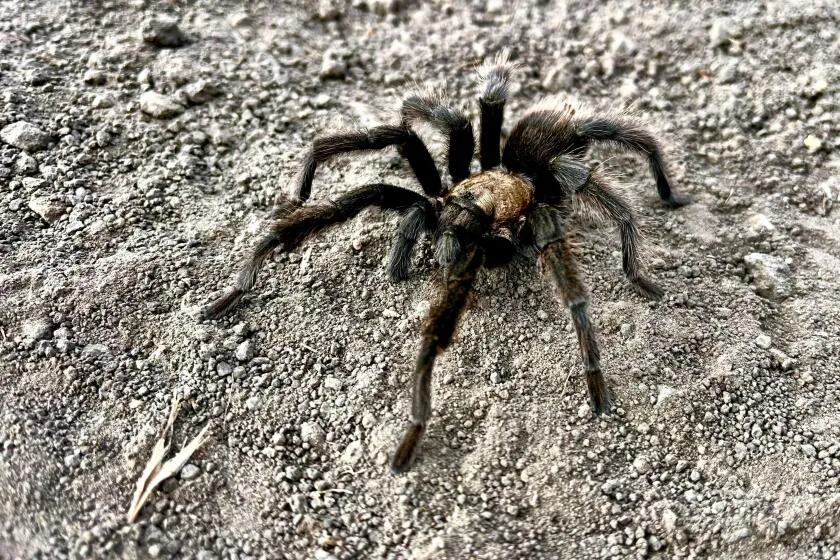
Upon hatching, the spiderlings emerge from the egg sac as tiny, miniature versions of the adult tarantula. They are often pale in color and have underdeveloped features. During this stage, they undergo their first molt, shedding their initial exoskeleton to reveal a slightly larger and more developed body. The spiderlings remain with their mother for a short period, sometimes feeding on the remains of the prey she captures. However, they soon become independent, dispersing to find their own territories and begin their lives as predators. The spiderling stage is a critical phase of rapid growth and development, as the young tarantulas gradually acquire the characteristics that define their species and prepare them for the challenges of adulthood.
Molting Process
Molting is a fundamental part of the tarantula lifecycle. As tarantulas grow, their exoskeletons become too small. The spider sheds its exoskeleton in a process known as molting, which allows for growth. Before molting, the tarantula prepares by creating a new, larger exoskeleton beneath the old one. The spider then retreats to a safe place, such as its burrow, and sheds its old exoskeleton. The new exoskeleton is initially soft and pliable, allowing the tarantula to expand its body size. Molting is a vulnerable time for the spider, as it is defenseless during this period. The frequency of molting decreases as the tarantula matures, with adults molting only once a year or less. It’s a crucial process for overall growth and development.
Juvenile Stage Growing Up
After the spiderling stage, tarantulas enter the juvenile stage, characterized by continued growth and development. They continue to molt regularly, increasing in size with each molt. During this phase, tarantulas develop the characteristics specific to their species, including coloration, patterns, and physical features. Their hunting skills and predatory behaviors also become more refined as they practice catching prey. The juvenile stage is a period of active exploration and adaptation, as the young tarantulas learn to navigate their environment, avoid predators, and secure food. The duration of the juvenile stage varies depending on the species and sex, with males often reaching maturity faster than females. This stage is a significant step towards reaching adulthood and preparing for reproduction.
Adult Stage Maturity and Reproduction
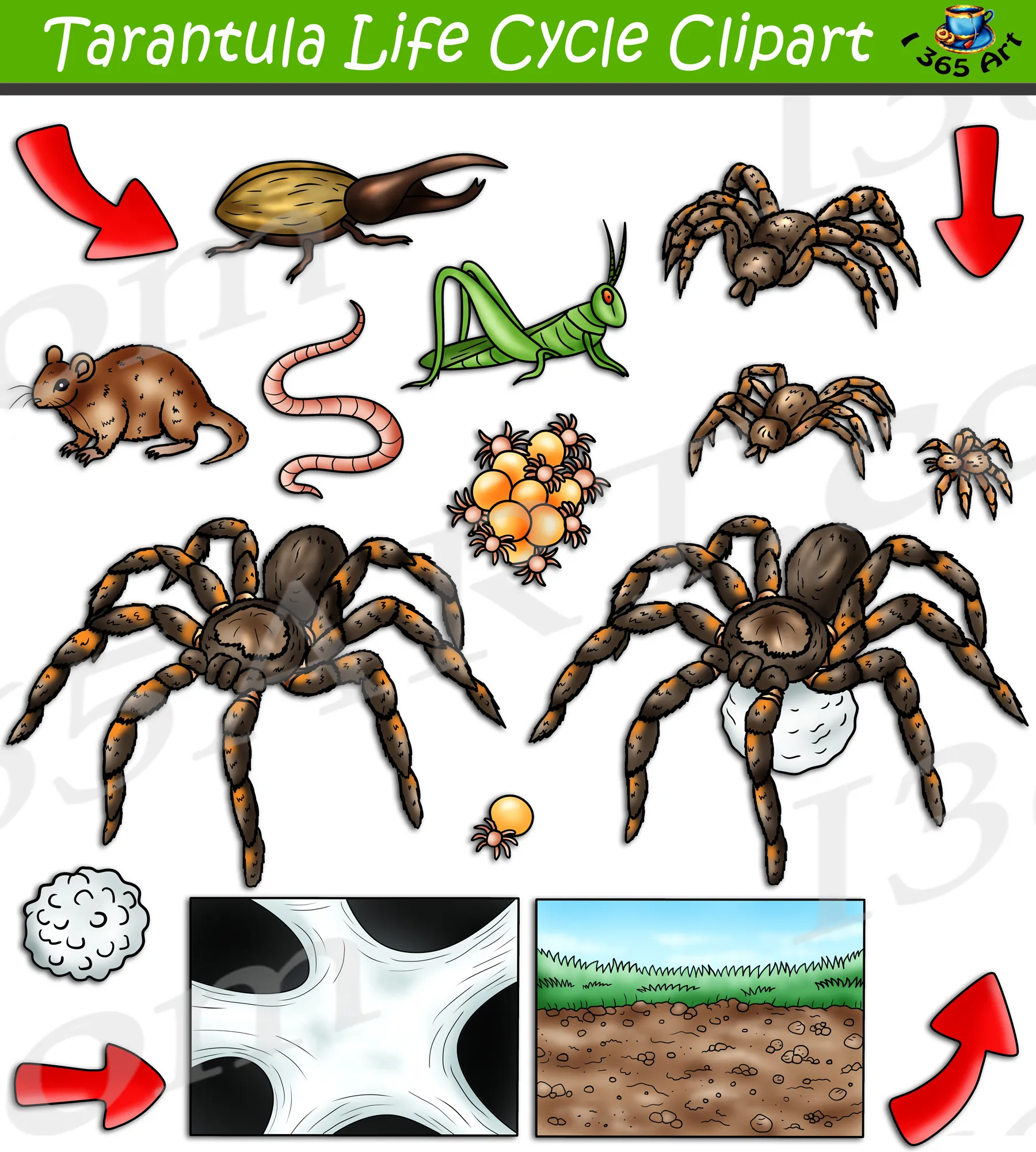
The adult stage marks the culmination of the tarantula lifecycle, where they achieve full maturity and the capacity to reproduce. Male and female tarantulas exhibit distinct differences in appearance and behavior during this stage. Males often have a shorter lifespan than females, as their primary purpose is to mate. They develop specialized structures on their pedipalps (small leg-like appendages near the mouth) that they use to transfer sperm to the female. Females, on the other hand, focus on reproduction and caring for their eggs. They can live for many years after reaching maturity, producing multiple egg sacs throughout their lifespan. This stage is essential for perpetuating the species and ensuring the survival of future generations.
Mating Behavior
Mating behavior in tarantulas is a complex process that varies among different species. The male tarantula, after reaching maturity, seeks out a receptive female. Before approaching the female, the male prepares for mating, often by spinning a sperm web. He then deposits his sperm onto this web and collects it with his pedipalps. He approaches the female with caution, often using a mating dance or ritual to signal his intentions and avoid being mistaken for prey. If the female is receptive, she allows him to mate. The mating process involves the male inserting his sperm-filled pedipalps into the female’s reproductive organs. It’s a delicate process where the male must be cautious, as the female may sometimes attempt to eat him afterward. Successful mating results in the female producing an egg sac, thus continuing the lifecycle.
Egg Sac and Parental Care
Following successful mating, the female tarantula creates a silken egg sac to house and protect her eggs. She carefully constructs the egg sac, depositing the eggs within and sealing it to safeguard them from external threats. The female tarantula often exhibits a high degree of parental care, guarding the egg sac and protecting it from predators. She may move the egg sac around to regulate temperature and humidity, ensuring optimal conditions for the eggs to develop. The duration of the incubation period can vary depending on the species and environmental conditions. Once the eggs hatch, the spiderlings emerge and begin their independent lives. The egg sac and parental care are crucial elements in ensuring the survival and success of the next generation of tarantulas. It’s amazing to witness this natural behavior.
Factors Influencing Tarantula Lifecycle
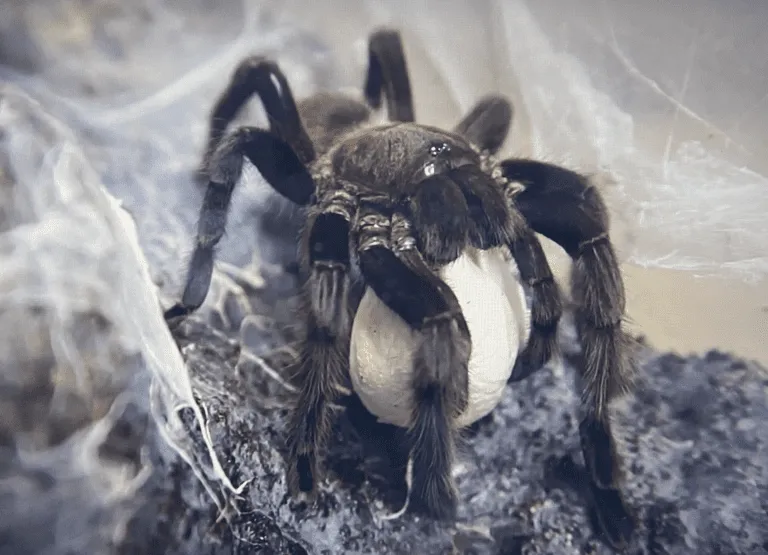
Several factors influence the tarantula lifecycle, impacting its duration and success. Environmental conditions, such as temperature, humidity, and photoperiod (day length), play a significant role in the spider’s development. Diet and nutrition are also critical, as tarantulas require a balanced diet to support growth, molting, and reproduction. The presence of predators and threats, such as parasites, diseases, and habitat destruction, can also impact the lifecycle by reducing survival rates. Understanding these factors is essential for both those who keep tarantulas in captivity and those involved in conservation efforts. Monitoring and managing these factors can contribute to the health and sustainability of tarantula populations, both in the wild and in controlled environments.
Environmental Conditions
Environmental conditions greatly influence the tarantula lifecycle, affecting growth, molting, and reproduction. Temperature is a significant factor, as tarantulas are ectothermic, meaning their body temperature is regulated by their environment. Warm temperatures generally promote faster growth and development, while cooler temperatures can slow down these processes. Humidity is also essential, as tarantulas need a certain level of moisture to molt successfully. Too little humidity can lead to molting problems, while excessive humidity can promote the growth of mold and bacteria. Photoperiod, or the length of daylight, can also play a role in the tarantula lifecycle, influencing mating behavior and other biological processes. Maintaining appropriate environmental conditions is crucial for ensuring the health and well-being of tarantulas, both in captivity and in their natural habitats.
Diet and Nutrition
Diet and nutrition are fundamental to the tarantula lifecycle, providing the essential resources for growth, molting, and reproduction. Tarantulas are primarily carnivorous, feeding on a variety of insects, invertebrates, and occasionally small vertebrates. The nutritional content of the prey is important, with a balanced diet containing proteins, fats, and other nutrients. The size and frequency of feeding depend on the tarantula’s age and species. Spiderlings require smaller, more frequent meals, while adults can eat larger prey less often. Insufficient or poor-quality nutrition can lead to growth problems, molting difficulties, and reduced reproductive success. Providing a varied and appropriate diet is essential for keeping tarantulas healthy and ensuring they can complete their lifecycle successfully. Proper nutrition can also extend the lifespan of these amazing creatures.
Predators and Threats
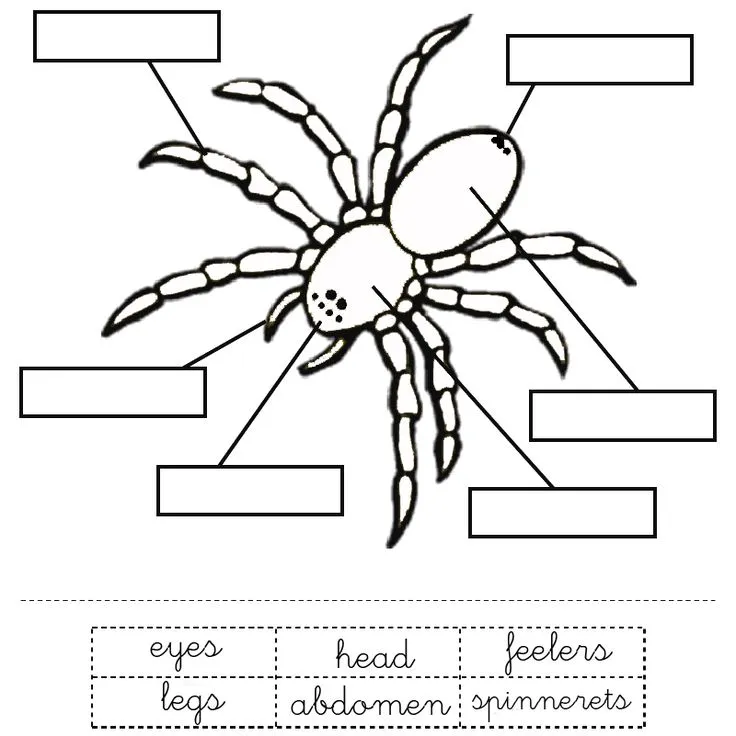
Tarantulas face various predators and threats throughout their lifecycle, impacting their survival rates. In the wild, they are preyed upon by larger animals, such as birds, reptiles, and mammals. Certain parasitic wasps and flies also pose a threat, laying their eggs on or inside the tarantula. Habitat destruction and fragmentation are significant threats to tarantula populations, reducing the availability of suitable habitats and resources. Pesticide use and other human activities can also impact tarantula populations by causing mortality or disrupting their food sources. Understanding and mitigating these threats is crucial for conservation efforts, which aim to protect tarantula populations and their habitats from further decline. The survival of tarantulas depends on addressing these factors.
Conservation and Tarantulas
Conservation plays a crucial role in the preservation of tarantulas and their habitats. Due to habitat loss, climate change, and the pet trade, many species face challenges. Conservation efforts include habitat preservation, sustainable land management, and combating the illegal collection. Educating the public about tarantulas and their importance to the ecosystem is also essential. Careful management practices and habitat preservation, help protect tarantulas from further decline. Supporting organizations dedicated to tarantula conservation helps promote the long-term survival of these amazing creatures. By prioritizing conservation, we can ensure that future generations can continue to admire and learn from tarantulas.
